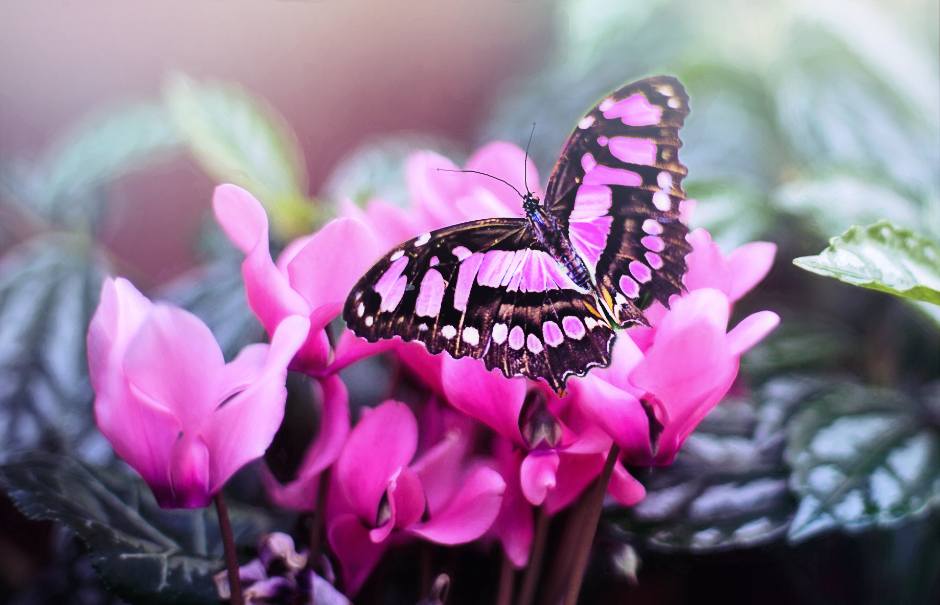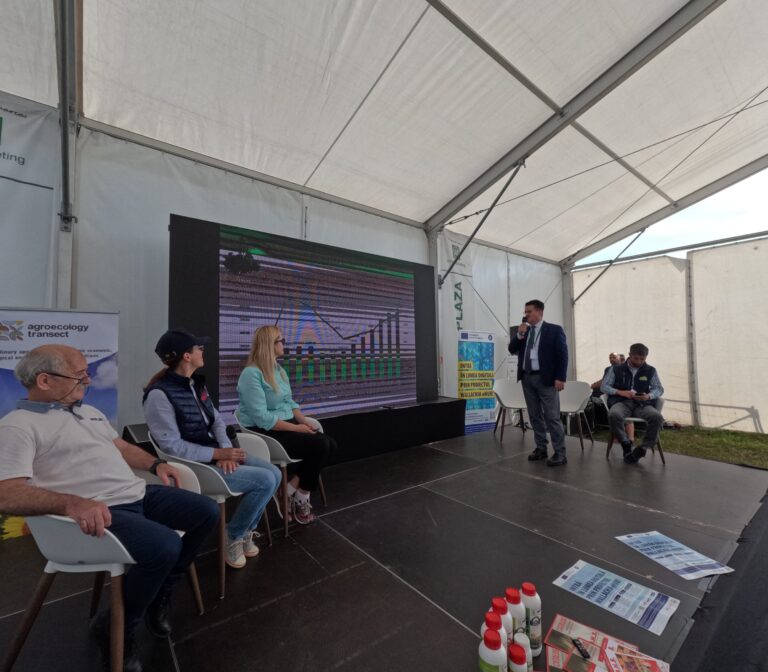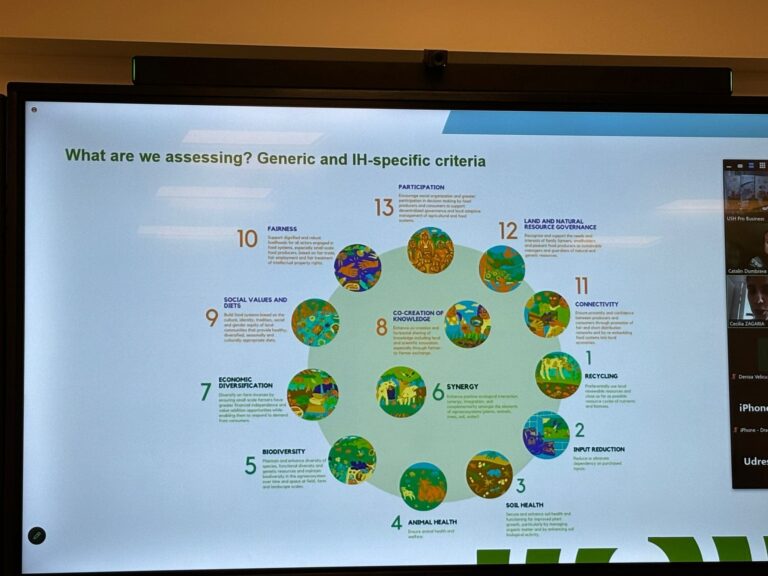Butterflies are beautiful, aren’t they! We all want to see them around, and the good news is that they are easy to see and identify. But like many insects, they are quickly disappearing. What can we do to help them? What measures help most?
In our project Agroecology-TRANSECT we want to close an important knowledge gap for agricultural lands and rural areas, asking how different agricultural practices affect butterflies and which agro-ecological measures work best for butterflies.
![]() 𝑊𝑜𝑢𝑙𝑑 𝑦𝑜𝑢 𝑙𝑖𝑘𝑒 𝑡𝑜 𝑗𝑜𝑖𝑛 𝑢𝑠? 𝐼𝑡 𝑖𝑠 𝑓𝑢𝑛, 𝑒𝑎𝑠𝑦, 𝑟𝑒𝑙𝑎𝑥𝑖𝑛𝑔, 𝑖𝑡 ℎ𝑒𝑙𝑝𝑠 𝑠𝑐𝑖𝑒𝑛𝑐𝑒, 𝑎𝑛𝑑 𝑐𝑎𝑛 𝑖𝑛𝑓𝑜𝑟𝑚 𝑝𝑜𝑙𝑖𝑐𝑦𝑚𝑎𝑘𝑒𝑟𝑠.
𝑊𝑜𝑢𝑙𝑑 𝑦𝑜𝑢 𝑙𝑖𝑘𝑒 𝑡𝑜 𝑗𝑜𝑖𝑛 𝑢𝑠? 𝐼𝑡 𝑖𝑠 𝑓𝑢𝑛, 𝑒𝑎𝑠𝑦, 𝑟𝑒𝑙𝑎𝑥𝑖𝑛𝑔, 𝑖𝑡 ℎ𝑒𝑙𝑝𝑠 𝑠𝑐𝑖𝑒𝑛𝑐𝑒, 𝑎𝑛𝑑 𝑐𝑎𝑛 𝑖𝑛𝑓𝑜𝑟𝑚 𝑝𝑜𝑙𝑖𝑐𝑦𝑚𝑎𝑘𝑒𝑟𝑠.
𝐀𝐥𝐥 𝐲𝐨𝐮 𝐧𝐞𝐞𝐝 𝐭𝐨 𝐝𝐨 𝐢𝐬 𝐭𝐨:
•𝑫𝒐𝒘𝒏𝒍𝒐𝒂𝒅 𝒕𝒉𝒆 𝑩𝒖𝒕𝒕𝒆𝒓𝒇𝒍𝒚 𝑪𝒐𝒖𝒏𝒕 𝒂𝒑𝒑 (App store / Google Play)
(In the App choose Agroecology-TRANSECT as project)
•Select an observation site (ca 500m2)
Optimally choose a pair of sites, one in the field center and one at the edge of a field
•𝑹𝒆𝒈𝒊𝒔𝒕𝒆𝒓 𝒕𝒉𝒆 𝒔𝒊𝒕𝒆 𝒐𝒏𝒍𝒊𝒏𝒆 𝒉𝒆𝒓𝒆 ![]() https://umfrage.uni-leipzig.de/index.php/62024?lang=de?lang=de
https://umfrage.uni-leipzig.de/index.php/62024?lang=de?lang=de
•𝑺𝒑𝒆𝒏𝒅 15 𝒎𝒊𝒏𝒖𝒕𝒆 𝒊𝒏 𝒕𝒉𝒆 𝒔𝒊𝒕𝒆, walk around and try to observe, identify, and report the butterflies you see
•𝑽𝒊𝒔𝒊𝒕 𝒂𝒈𝒂𝒊𝒏 in two or three weeks time, to find out what has changed. (Optimally, try to visit at least 3-4 times between now and mid-August).
•𝑺𝒑𝒓𝒆𝒂𝒅 𝒕𝒉𝒆 𝒘𝒐𝒓𝒅! Tell your friends, family and neighbours: jointly, we can create knowledge on farmland butterflies
To learn more and download the protocol and the app see here: Butterfly Survey (agroecology-transect.net)
The Agroecology-TRANSECT team




